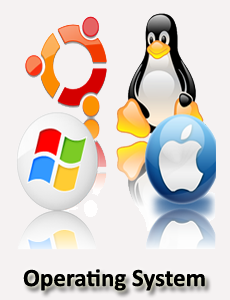Round Robin Scheduling
Advertisements
What is Round Robin Scheduling
In the Round Robin scheduling algorithm, the OS defines a time quantum (slice). All the processes will get executed in the cyclic way. Each of the process will get the CPU for a small amount of time (called time quantum) and then get back to the ready queue to wait for its next turn. It is a preemptive type of scheduling.

Round Robin Scheduling
- Round Robin is the preemptive process scheduling algorithm.
- Each process is provided a fix time to execute, it is called a quantum.
- Once a process is executed for a given time period, it is preempted and other process executes for a given time period.
- Context switching is used to save states of preempted processes
Advantage of Round Robin Scheduling
- It can be actually implementable in the system because it is not depending on the burst time.
- It doesn't suffer from the problem of starvation or convoy effect.
- All the jobs get a fare allocation of CPU.
Disadvantages of Round Robin Scheduling
- The higher the time quantum, the higher the response time in the system.
- The lower the time quantum, the higher the context switching overhead in the system.
- Deciding a perfect time quantum is really a very difficult task in the system.
Google Advertisment

